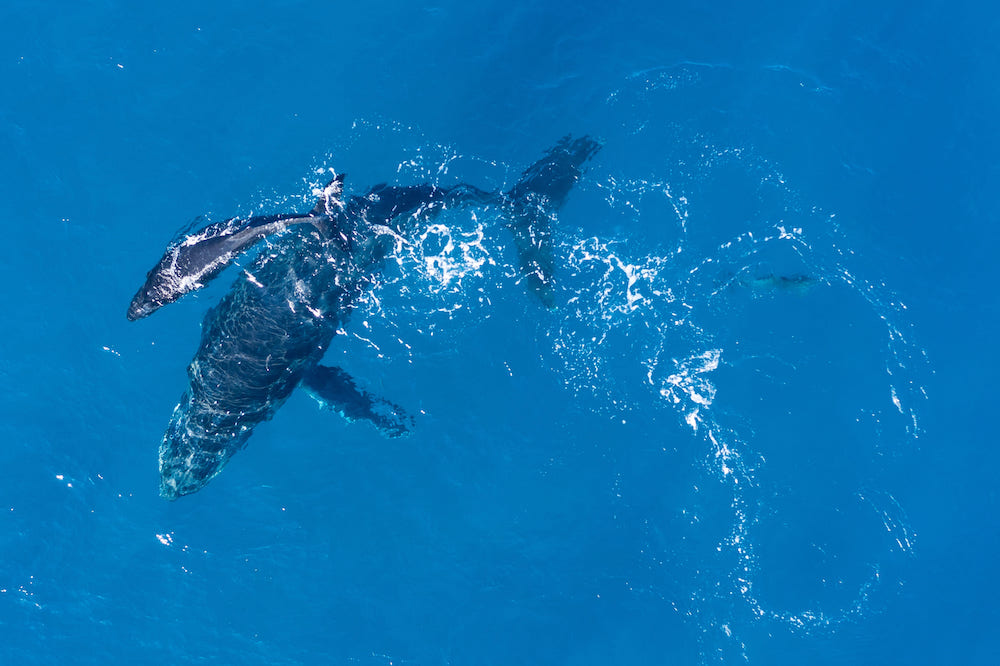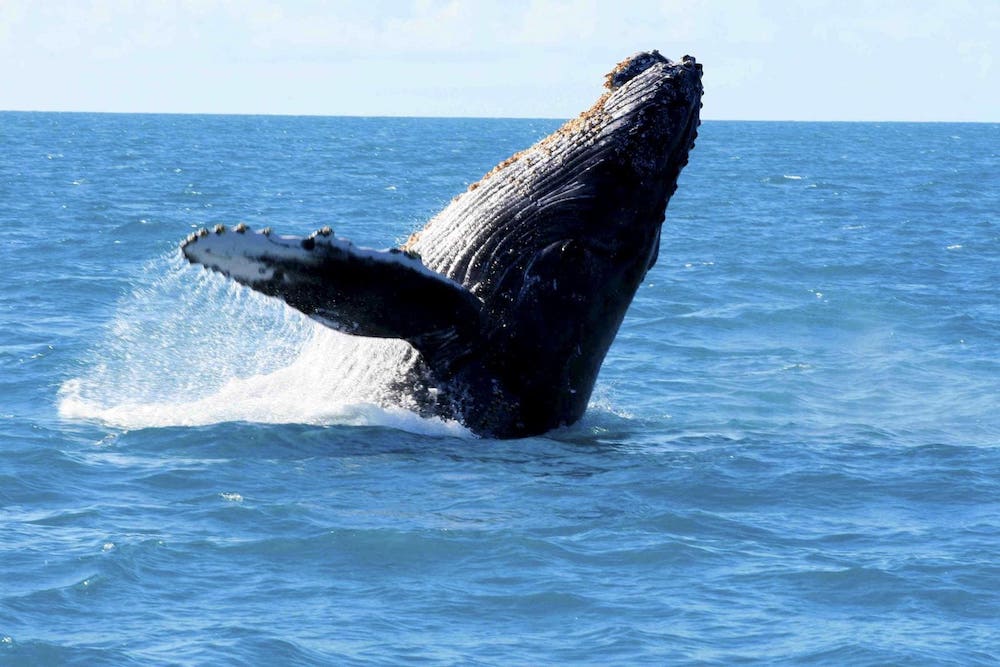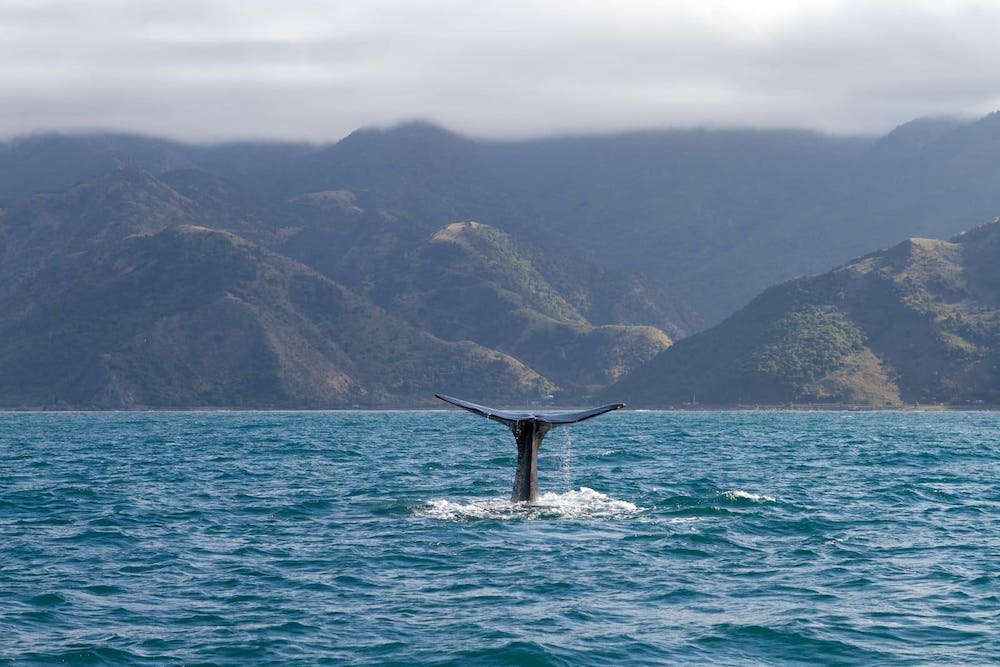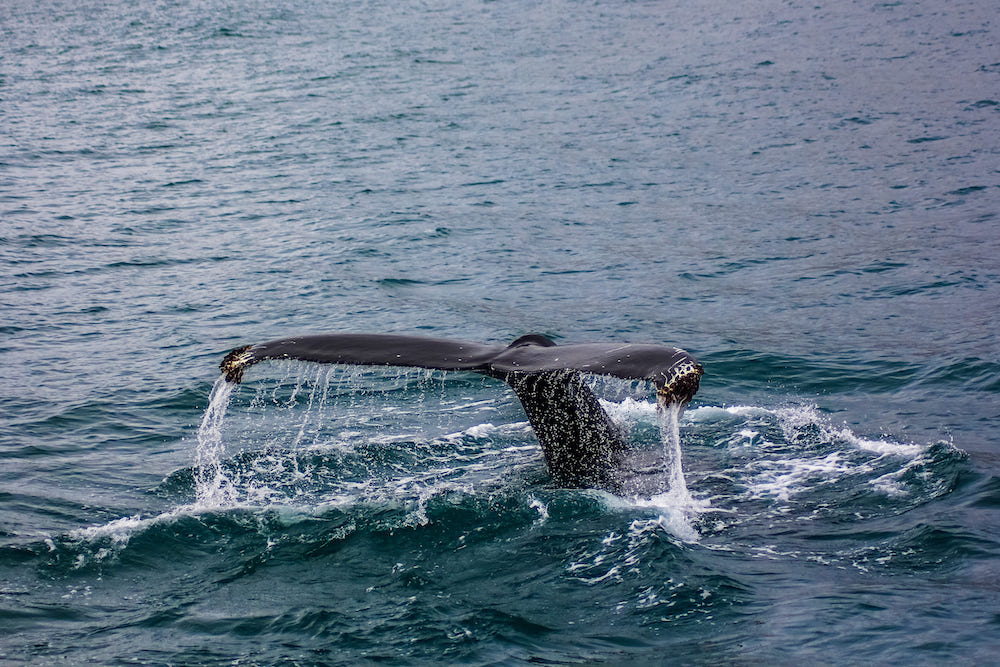WHAT KIND OF WHALES ARE IN HAWAII? DIVING INTO HAWAIIAN WATERS

Hawaii remains a top choice for travelers seeking an unparalleled getaway, attracting over 10 million visitors annually. It is on everyone’s bucket list. Once you experience the native charm and Tiki-infused sands, there’s no turning back. Life back home seems tamer and grayer by comparison. Moreover, the allure of the islands extends far beyond its screensaver beaches and jaw-dropping greenery; the region has the rare opportunity to encounter awe-inspiring whales in their natural environment. The vibrant tourism industry of Hawaii is supercharged by the influx of whale watchers eager to witness the captivating spectacle of these majestic creatures. In this article, we will provide an in-depth look at some of the kinds of whales in Hawaii – those that call the island chains their home.
The Unique Positioning of Hawaii as a Premier Destination for Whale Watching
Hawaii’s geographical positioning plays a crucial role in making it a haven for whales. It’s not only an island getaway for super evolved chimps — but one for marine animals that simply want to get away from it all and also have their own little vacation from the hustle and bustle of ocean life.
The archipelago’s warm and nutrient-rich waters create a thriving marine ecosystem that attracts various whale species throughout the year. It’s iconic and full of all the “stuff” apex predators need to survive. A veritable buffet. The Pacific Ocean surrounding the islands is teeming with life, offering an abundance of food for these gentle giants during their migratory journeys. It’s the equivalent of a marine truck stop with fresh food and all-you-can-eat venues.
And it’s not just whales, the Hawaiian surf is home to a dynamic diversity of marine life, making it an ecological hotspot for nature enthusiasts. From colorful reef fish to playful dolphins and graceful sea turtles, the vibrant ecosystem offers an extraordinary marine safari. Under its waters, snorkelers and the like can spot all matter of animals and Pixar-induced imagery.
Types of whales in Hawaii
Hawaii boasts several types of whales. Gentle giants grace its waters during specific times of the year. These magnificent creatures hold a profound cultural significance for the native Hawaiian people. They not only represent an economic goldmine – due to how they attract tourists – but have a deep traditional and folkloric connection to their native inhabitants. Whales have been revered as protectors — some even believe they hold the reincarnated spirits’ ancestors from generations long passed.

Let’s explore some of the most prominent whale species found in Hawaiian waters.
Humpback Whales
The humpback whale is an iconic visitor to Hawaiian waters. It’s the one most photographed and the one that appears on most tourist brochures. Renowned for their acrobatic displays, these giants make an annual journey from Alaska to Hawaii during the winter months. Breaching the surface and slapping their tails, they captivate onlookers with their Kaiju-like behaviors. In Hawaiian mythology, humpback whales are believed to bring good fortune and blessings, adding to their cultural significance.
Key Facts:
- Known for their acrobatic displays, breaching, and tail-slapping.
- Seasonal visitors to Hawaiian waters, migrating from Alaska during winter months to breed and give birth.
- Play a crucial role in Hawaiian mythology and are believed to bring good fortune and blessings.
Sperm Whales
The majestic sperm whale is the largest toothed whale on Earth. Mature males can reach lengths of up to 67 feet, making them an impressive sight in Hawaiian waters. Known for their deep diving abilities, they plunge to great depths in search of squid – those proverbial Krakens of Greek myths – showcasing remarkable adaptations and almost god-like hunter qualities. Frequent sightings off the coast of Hawaii’s Big Island make these creatures a popular attraction for whale watchers and nature enthusiasts.
Key Facts:
- Largest toothed whales on Earth, with mature males reaching lengths of up to 67 feet.
- Known for their deep diving abilities, plunging to great depths in search of squid.
- Frequently spotted in the waters off Hawaii’s Big Island.
False Killer Whales
False killer whales are social animals that often travel in large pods. Despite their name, they are not closely related to killer whales. We’ll get to those knaves – genetically closer to dolphins – further down the list. Their cooperative hunting behavior showcases their intelligence and adaptability. Encountering these creatures in Hawaiian waters can be a rare and incredibly elusive, yet rewarding experience.
Key Facts:
- Named for their resemblance to killer whales, but they are not closely related.
- Highly social animals, often found in large pods.
- Known for their cooperative hunting behavior, displaying remarkable intelligence.

Pygmy Killer Whales
The elusive pygmy killer whale is relatively small in size — reaching lengths of about 7 feet. Shy and rarely spotted, sightings of these creatures are serendipitous and sponsored by fate. Those fortunate enough to encounter them come away from the encounter with a once-in-a-lifetime experience. Preferring deeper waters, they occasionally grace the Hawaiian islands with their presence, offering lucky observers a glimpse into their mysterious world.
Key Facts:
- Relatively small in size, growing up to around 7 feet in length.
- Shy and elusive, making sightings rare but cherished.
- Often found in deep waters and occasionally spotted near the Hawaiian islands.
Melon Headed Whales
The melon-headed whale is easily distinguished by its unique appearance — a rounded forehead resembling, well, as the name suggests, a melon. Found in tropical and subtropical waters, including Hawaii, these sociable creatures are often spotted in large groups, exuding a sense of camaraderie among their pod members. Witnessing their social behaviors and elegant movements in the water makes for a remarkable whale-watching experience in the Hawaiian archipelago.
Key Facts:
- Known for their unique appearance, with rounded foreheads resembling a melon.
- Found in tropical and subtropical waters, including Hawaii.
- Often seen in large groups and may display social behaviors.
Orca
The orca, also known as the killer whale, is a fascinating species that is – at a genetic level – not really a whale but part of the dolphin family. It has more in common with Flipper than with Moby Dick. With their distinctive black and white markings, these highly intelligent creatures are known for their complex social structures. And sometimes aggressive behavior to outsiders. Although only occasional visitors to Hawaiian waters, their presence adds a sense of excitement and wonder to the whale-watching experience. Typically found in deeper offshore areas, glimpses of these majestic animals are highly cherished by lucky tourists.
Key Facts:
- Popularly known as killer whales, although they are actually the largest dolphins.
- Highly intelligent and renowned for their complex social structures.
- Occasional visitors to Hawaiian waters, typically found in deeper offshore areas.

Pilot Whales
Pilot whales belong to the dolphin family and are relatively large in size. These sociable mammals travel in tight-knit social groups known as pods. Pilot Whales forge strong bonds with their pod members. Their occasional appearances in the waters around the Hawaiian islands are sporadic and offer an opportunity for visitors to witness their harmonious interactions and cooperative behaviors
Key Facts:
- Belong to the dolphin family and are relatively large in size.
- Travel in tight-knit social groups known as pods.
- Occasionally seen in the waters around the Hawaiian islands.
Whale-Watching Guidelines and Responsible Tourism
The opportunity to observe these incredible creatures up close is not only captivating but the type of thing most tourists have to do if they come to Hawaii — visiting the islands and not partaking in a whale-watching adventure is like visiting Paris and forgoing a visit to the Eiffel Tower. Coming to the islands and taking a gander at the kinds of Whales found in Hawaii has to be on everyone’s checklist. Still, it is critical to prioritize their well-being and natural habitat above everything else. Responsible whale-watching practices are crucial to ensure the preservation of these species for generations to come.
Let’s look at a guideline to follow.
Whale-Watching Tips:
- Keep a safe distance from the whales to avoid disturbing them. Remember that they are huge and territorial.
- Turn off any loud noises and refrain from making sudden movements.
- Use binoculars or cameras with zoom lenses for a closer view.
Responsible Tourism Practices:
- Follow guidelines set by authorized whale-watching operators.
- Refrain from touching or feeding the whales.
- Dispose of trash properly and avoid polluting the marine environment.
